Magnets throughout the history
 The history of magnets begins with the first discoveries of magnetic stones or lodestones – starting from 1845 this kind of stone was called magnetite. It is a mostly black mineral of iron and oxygen or iron hydroxide, which develops in a natural way by volcanic activity and has its own magnetic property. About 9600 sites of these magnetic stons are nowadays established.
The history of magnets begins with the first discoveries of magnetic stones or lodestones – starting from 1845 this kind of stone was called magnetite. It is a mostly black mineral of iron and oxygen or iron hydroxide, which develops in a natural way by volcanic activity and has its own magnetic property. About 9600 sites of these magnetic stons are nowadays established.
The Greek philosopher Thales of Miletus had already noticed the special effects of the magnetic stones in the 6th century b.C. He wrote according to Aristotle that these stones have a soul because they can move and tighten iron. Such an invisible force corresponded for the ancient Greeks a feature of the psyche and inner liveliness.
The origin of the name
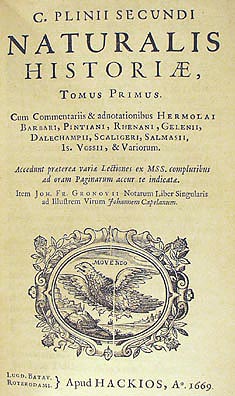 The name is originally from the ancient Greek word "lithos magnes". The origin of the name comes as Pliny explained in his “Naturalis Historia” (77 a.D.) from the legend of the Greek shepherd Magnes on Mount Ida, his iron stock and the nails in his shoes were attracted by the magnetite stones.
The name is originally from the ancient Greek word "lithos magnes". The origin of the name comes as Pliny explained in his “Naturalis Historia” (77 a.D.) from the legend of the Greek shepherd Magnes on Mount Ida, his iron stock and the nails in his shoes were attracted by the magnetite stones.
But this word probably comes more from the countryside Magnesia (Magnisia) in Thessaly, a famous locality of the magnetic stones. That was declared by Lucretius in his “De Rerum Natura” didactic poem which has been released by Cicero after Lucretius died.
Other sources say the name was given by the city of Magnesia in Asia Minor a present-day region in Turkey. She was a colony of the Magnet Macedonian tribe.
The first compass pointed to the south
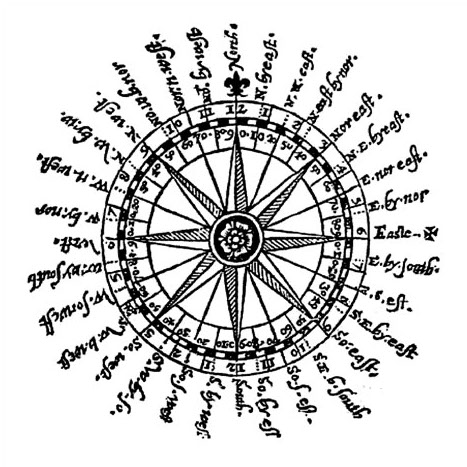 The special characteristics of the magnetite were not only known by the ancient Greeks, the properties of the magnets were also analyzed in China in the pre-Christian times. In the Warring States period Hanfuzius developed there the first compass ever. The “Si Nan”, which literally means the south pointer.
The special characteristics of the magnetite were not only known by the ancient Greeks, the properties of the magnets were also analyzed in China in the pre-Christian times. In the Warring States period Hanfuzius developed there the first compass ever. The “Si Nan”, which literally means the south pointer.
It consisted in a spoon shaped lodestone placed as a compass needle on a flat square bronze or copper plate in which symbols, lines and writings were engraved. The magnetic field of the spoon was aligned so that it pointed again to the south after each rotation. The south was the preferred direction of the Taoist trigrams. It was the direction of the sky, while the north was considered inauspicious.
Wet and dry compass
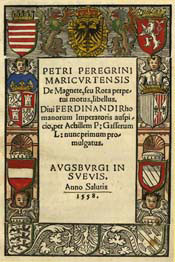 In Europe the first description of the use of compasses for navigation was given by Alexander Neckam. In his work “De Utensilibus et De Rerum Naturis” (both written in around 1190 a.D.) he described floating needles that were revolved in the water until they pointed to the north. The use of these needles gave the possibility to navigate in a complete darkness too.
In Europe the first description of the use of compasses for navigation was given by Alexander Neckam. In his work “De Utensilibus et De Rerum Naturis” (both written in around 1190 a.D.) he described floating needles that were revolved in the water until they pointed to the north. The use of these needles gave the possibility to navigate in a complete darkness too.
On the contrary, Pierre de Maricourt mentioned for the first time a dry compass in his "Epistola de Magnete" written in1269. He had free-swinging, dry magnetic needles, which rotated on a pin. They were the most important component of the dry compass. According to the legend the Italian Flavio Gioia from Amalfi was the first who invented this kind of compass. From the beginning of the 14th century this compass appeared in the combination with the compass rose on Western ships.
The two poles of magnets
Maricourt had systematically worked with magnets and their polarity and in his work dated 1269 he explained what he discovered: the same magnetic poles repel each other while different poles attract.
He wrote also that by breaking a magnet you get two small magnets. The explanation for this phenomenon was only found out pretty much later in the years. This is because of the natural rod shaped orientation of the elementary magnets in ferromagnetic materials.
The magnetization of ferromagnetic materials
This is why ferromagnetic materials can also be magnetized. This process was known early on. It happened by brushing some objects with a magnet. In this way, objects such as an iron nail or wire were lined in a parallel way to this magnet.
Such magnetization can be created again by shocks like by high temperatures or by oppositely polarized magnetic fields.
The Earth as magnet
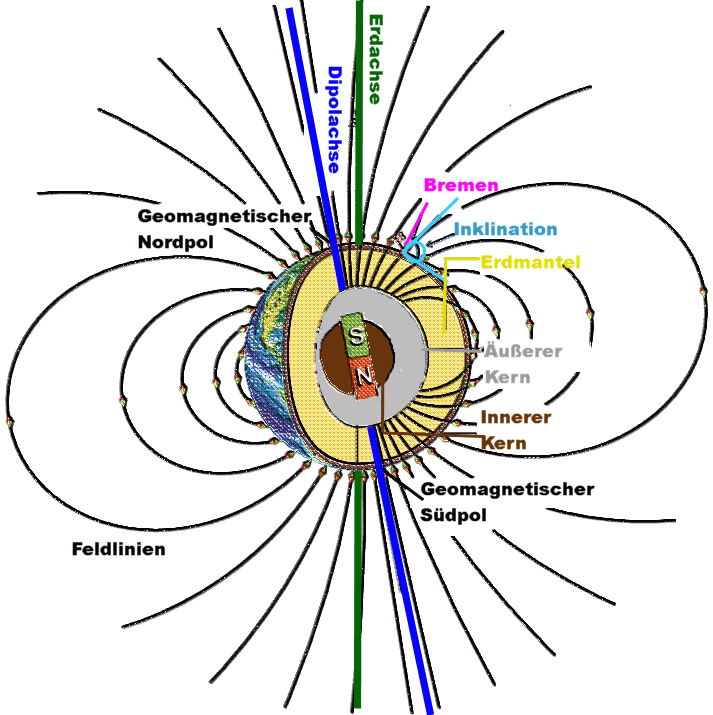 For a long time nobody could find an explanation for the reason why magnetic needles orientate to the north or to the south. At the beginning it was thought that the magnets were attracted by the pole star.
For a long time nobody could find an explanation for the reason why magnetic needles orientate to the north or to the south. At the beginning it was thought that the magnets were attracted by the pole star.
Only William Gilbert came in his major work De magnets, Magnetisque Corporis et de Magno magnets Tellure (about magnets, magnetic bodies and the big magnet Earth), dating back to 1600, to the conclusion that the entire globe must be regarded as a giant magnet with two poles.
His own experiments were helped by a spherical magnet, the "Terrela", and the inclination of the magnetic needles and their different tilt to the poles depending on the latitude discovered by Georg Hartmann.
Magnetism and electricity
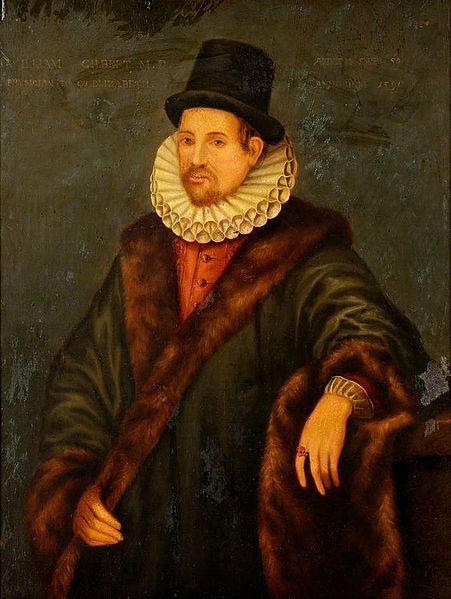 Gilbert had already employed magnetism with electricity, but only James Clerk Maxwell was the first one who put the relationships in the form of a system of differential equations together. After that the widespread hypothesis started in the first years of the 19th century of identity between electricity and magnetism was established. The Danish physicist Hans Christian Ørsted demonstrated the electromagnetic effect in 1820.
Gilbert had already employed magnetism with electricity, but only James Clerk Maxwell was the first one who put the relationships in the form of a system of differential equations together. After that the widespread hypothesis started in the first years of the 19th century of identity between electricity and magnetism was established. The Danish physicist Hans Christian Ørsted demonstrated the electromagnetic effect in 1820.
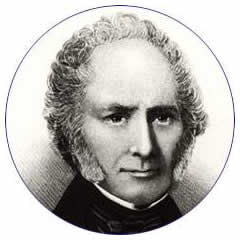 In 1826 it was the Englishman William Sturgeon even succeeded as the first to invent an electromagnet. It consisted of a coil forming a magnetic field when current flows through. In the coil, there was an iron core, the magnetic field increased, and led. In this case, the magnetic field lines are concentrated in the interior of the coil, where the strongest magnetic flux density was found. Outside the coil it decreases quickly with bigger distance, we can also say that electromagnets have a big effect used on small distances.
In 1826 it was the Englishman William Sturgeon even succeeded as the first to invent an electromagnet. It consisted of a coil forming a magnetic field when current flows through. In the coil, there was an iron core, the magnetic field increased, and led. In this case, the magnetic field lines are concentrated in the interior of the coil, where the strongest magnetic flux density was found. Outside the coil it decreases quickly with bigger distance, we can also say that electromagnets have a big effect used on small distances.
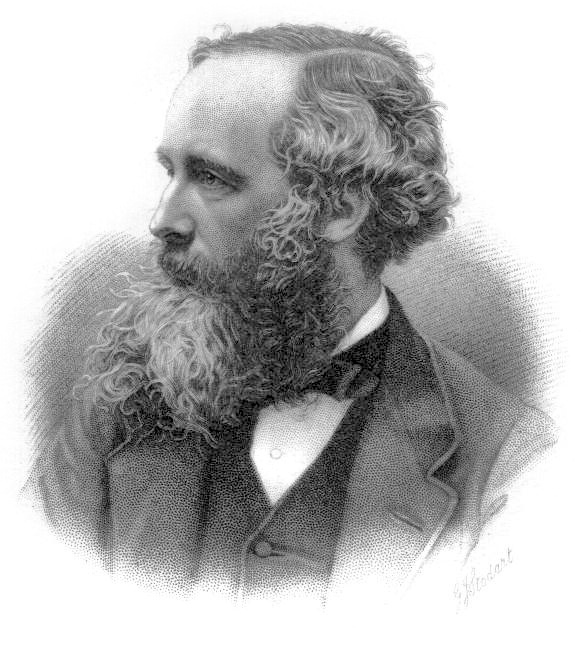 With his "Maxwell equations" described James Clark Maxwell, the behaviour of electric and magnetic fields and their interactions. He published in 1864 at London's Royal Society. In addition, Maxwell wrote about waves of oscillating electric and magnetic fields that move through empty space. Your speed he derived from electrical experiments.
With his "Maxwell equations" described James Clark Maxwell, the behaviour of electric and magnetic fields and their interactions. He published in 1864 at London's Royal Society. In addition, Maxwell wrote about waves of oscillating electric and magnetic fields that move through empty space. Your speed he derived from electrical experiments.
 Thousands of products in stock
Thousands of products in stock